Committee on Lesbian, Gay, Bisexual, and Transgender Health Issues and Research Gaps and Opportunities
THE NATIONAL ACADEMIES PRESS 500 Fifth Street, N.W. Washington, DC 20001
NOTICE: The project that is the subject of this report was approved by the Governing Board of the National Research Council, whose members are drawn from the councils of the National Academy of Sciences, the National Academy of Engineering, and the Institute of Medicine. The members of the committee responsible for the report were chosen for their special competences and with regard for appropriate balance.
This study was supported by Contract No. N01-OD-4-2139 between the National Academy of Sciences and the National Institutes of Health. Any opinions, findings, conclusions, or recommendations expressed in this publication are those of the author(s) and do not neces sarily reflect the view of the organizations or agencies that provided support for this project.
Library of Congress Cataloging-in-Publication Data
The health of lesbian, gay, bisexual, and transgender people : building a foundation for better understanding / Committee on Lesbian, Gay, Bisexual, and Transgender Health Issues and Research Gaps and Opportunities, Board on the Health of Select Populations, Institute of Medicine of the National Academies.
p. ; cm. Includes bibliographical references and index. ISBN 978-0-309-21061-4 (hardcover) ISBN 978-0-309-21062-1 (pdf)
1. GaysMedical careUnited States. 2. BisexualsMedical careUnited States.
3. Transgender peopleMedical careUnited States. I. Institute of Medicine (U.S.). Committee on Lesbian, Gay, Bisexual, and Transgender Health Issues and Research Gaps and Opportunities.
[DNLM: 1. Health StatusUnited States. 2. Minority HealthUnited States.
3. BisexualityUnited States. 4. Health Services ResearchUnited States. 5.
HomosexualityUnited States. 6. TranssexualismUnited States. WA 300 AA1]
RA564.9.H65H44 2011
362.108664dc23
2011017453
Additional copies of this report are available from the National Academies Press, 500 Fifth Street, N.W., Lockbox 285, Washington, DC 20055; (800) 624-6242 or (202) 334-3313 (in the Washington metropolitan area); Internet, http://www.nap.edu.
For more information about the Institute of Medicine, visit the IOM home page at: www. iom.edu.
Copyright 2011 by the National Academy of Sciences. All rights reserved.
Printed in the United States of America
The serpent has been a symbol of long life, healing, and knowledge among almost all cultures and religions since the beginning of recorded history. The serpent adopted as a logotype by the Institute of Medicine is a relief carving from ancient Greece, now held by the Staatliche Museen in Berlin.
Cover design by LeAnn Locher.
Suggested citation: IOM (Institute of Medicine). 2011. The Health of Lesbian, Gay, Bisexual, and Transgender People: Building a Foundation for Better Understanding. Washington, DC: The National Academies Press.
Knowing is not enough; we must apply.Willing is not enough; we must do.
Goeth e
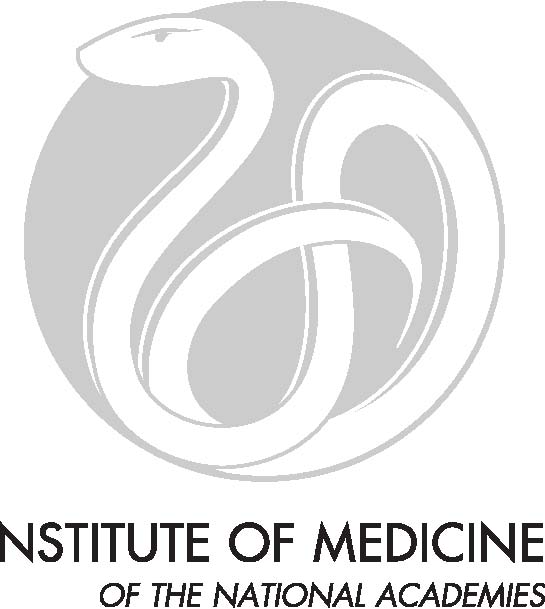
Advising the Nation. Improving Health .

The National Academy of Sciences is a private, nonprofit, self-perpetuating society of distinguished scholars engaged in scientific and engineering research, dedicated to the furtherance of science and technology and to their use for the general welfare. Upon the authority of the charter granted to it by the Congress in 1863, the Acad emy has a mandate that requires it to advise the federal government on scientific and technical matters. Dr. Ralph J. Cicerone is president of the National Academy of Sciences.
The National Academy of Engineering was established in 1964, under the charter of the National Academy of Sciences, as a parallel organization of outstanding engineers. It is autonomous in its administration and in the selection of its members, sharing with the National Academy of Sciences the responsibility for advising the federal government. The National Academy of Engineering also sponsors engineering programs aimed at meeting national needs, encourages education and research, and recognizes the superior achievements of engineers. Dr. Charles M. Vest is president of the National Academy of Engineering.
The Institute of Medicine was established in 1970 by the National Academy of Sciences to secure the services of eminent members of appropriate professions in the examination of policy matters pertaining to the health of the public. The Institute acts under the responsibility given to the National Academy of Sciences by its congressional charter to be an adviser to the federal government and, upon its own initiative, to identify issues of medical care, research, and education. Dr. Harvey V. Fineberg is president of the Institute of Medicine.
The National Research Council was organized by the National Academy of Sciences in 1916 to associate the broad community of science and technology with the Academys purposes of furthering knowledge and advising the federal government. Functioning in accordance with general policies determined by the Academy, the Council has become the principal operating agency of both the National Academy of Sciences and the National Academy of Engineering in providing services to the government, the public, and the scientific and engineering communities. The Council is administered jointly by both Academies and the Institute of Medicine. Dr. Ralph J. Cicerone and Dr. Charles M. Vest are chair and vice chair, respectively, of the National Research Council.
www.national-academies.or g
COMMITTEE ON LESBIAN, GAY, BISEXUAL, AND TRANSGENDER HEALTH ISSUES AND RESEARCH GAPS AND OPPORTUNITIES
ROBERT GRAHAM (Chair), Professor of Family Medicine and Robert and Myfanwy Smith Chair, Department of Family Medicine, University of Cincinnati College of Medicine, Ohio
BOBBIE A. BERKOWITZ, Dean and Mary ONeil Mundinger Professor, Columbia University School of Nursing; Senior Vice President, Columbia University Medical Center, New York, New York
ROBERT BLUM, William H. Gates, Sr. Professor and Chair, Department of Populations, Family and Reproductive Health, Johns Hopkins Bloomberg School of Public Health, Baltimore, Maryland
WALTER O. BOCKTING, Associate Professor, Program in Human Sexuality, Department of Family Medicine and Community Health, University of Minnesota Medical School, Minneapolis
JUDITH BRADFORD, Co-Chair, The Fenway Institute; Director, Center for Population Research in Lesbian, Gay, Bisexual and Transgender Health, Boston, Massachusetts
BRIAN de VRIES, Professor of Gerontology, San Francisco State University, California

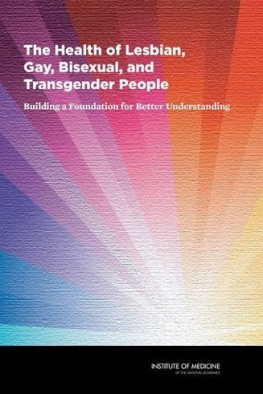



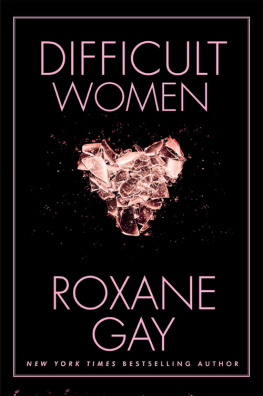



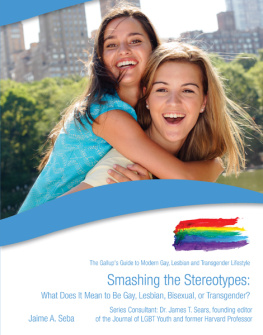
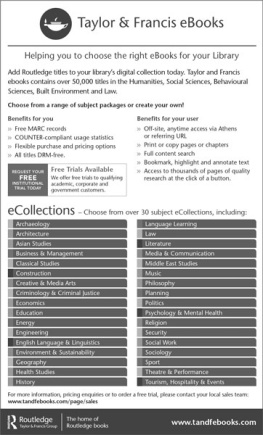
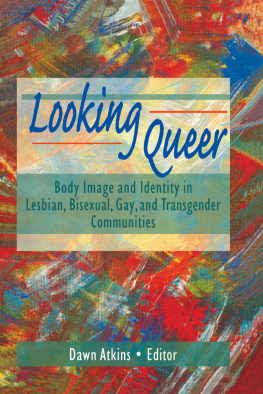
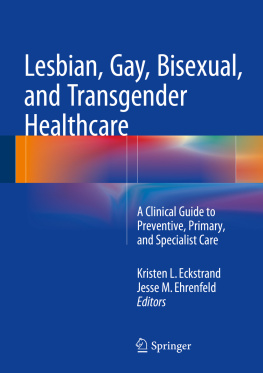
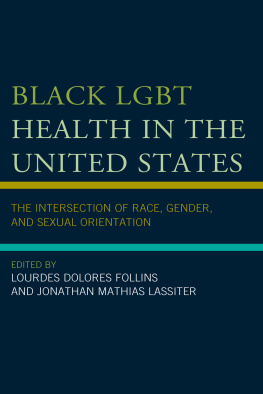
![Chuck Stewart - Lesbian, Gay, Bisexual, and Transgender Americans at Risk [3 Volumes]: Problems and Solutions](/uploads/posts/book/129596/thumbs/chuck-stewart-lesbian-gay-bisexual-and.jpg)




